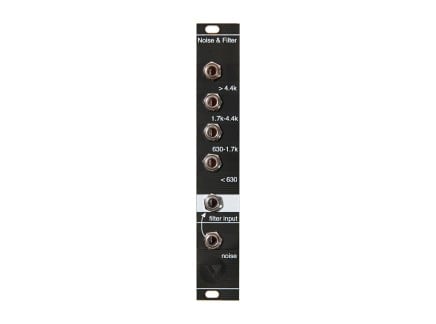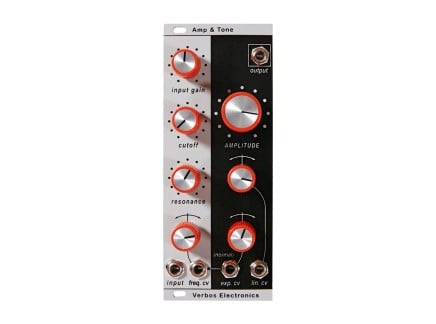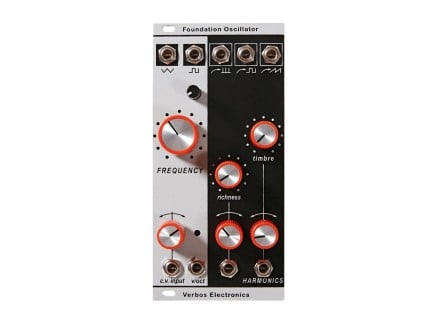This week we were visited by extraordinary guests from Berlin—Verbos Electronics, a modular synthesizer company that is well known for Buchla-inspired high-quality design re-envisioned for the needs of modern synthesists.
During the event, Mark Verbos presented several new modules scheduled to be released later this year—all through a prism of his personal approach to patching, and performing with the modular synthesizer system.
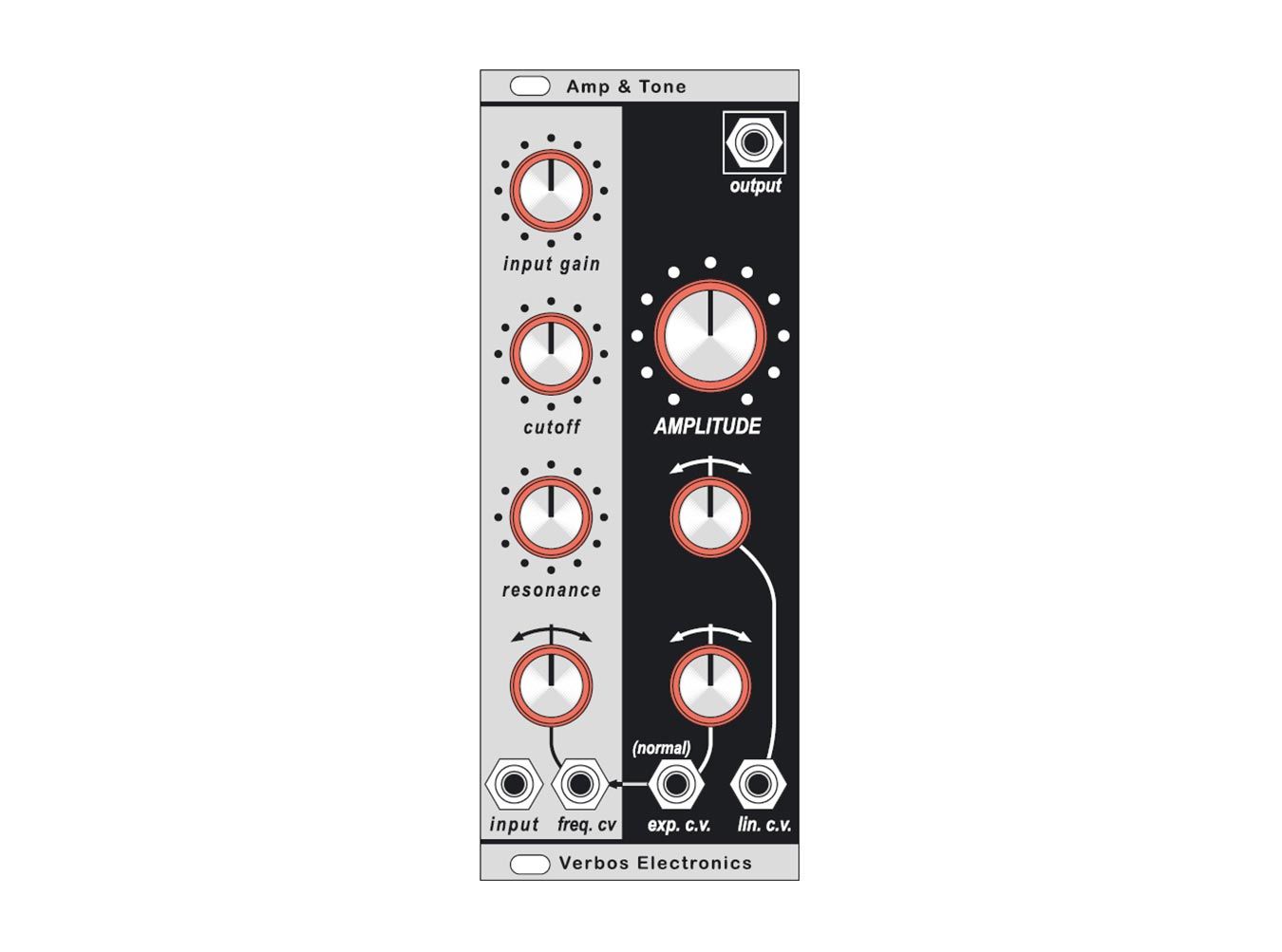
The New Amp & Tone
The first new module announced is the Amp & Tone, which essentially is a slimmed-down version of the much-beloved VCF+VCA combo Amplitude & Tone Controller. While the footprint of the module is significantly reduced to a mere 10hp, not only all of the original functionality and sonic quality is preserved, but the redesigned circuit also boasts an improved response. This is excellent news for everyone previously desiring to add this unique-sounding dynamics and timbre shaper to their systems, yet struggling to find the space.
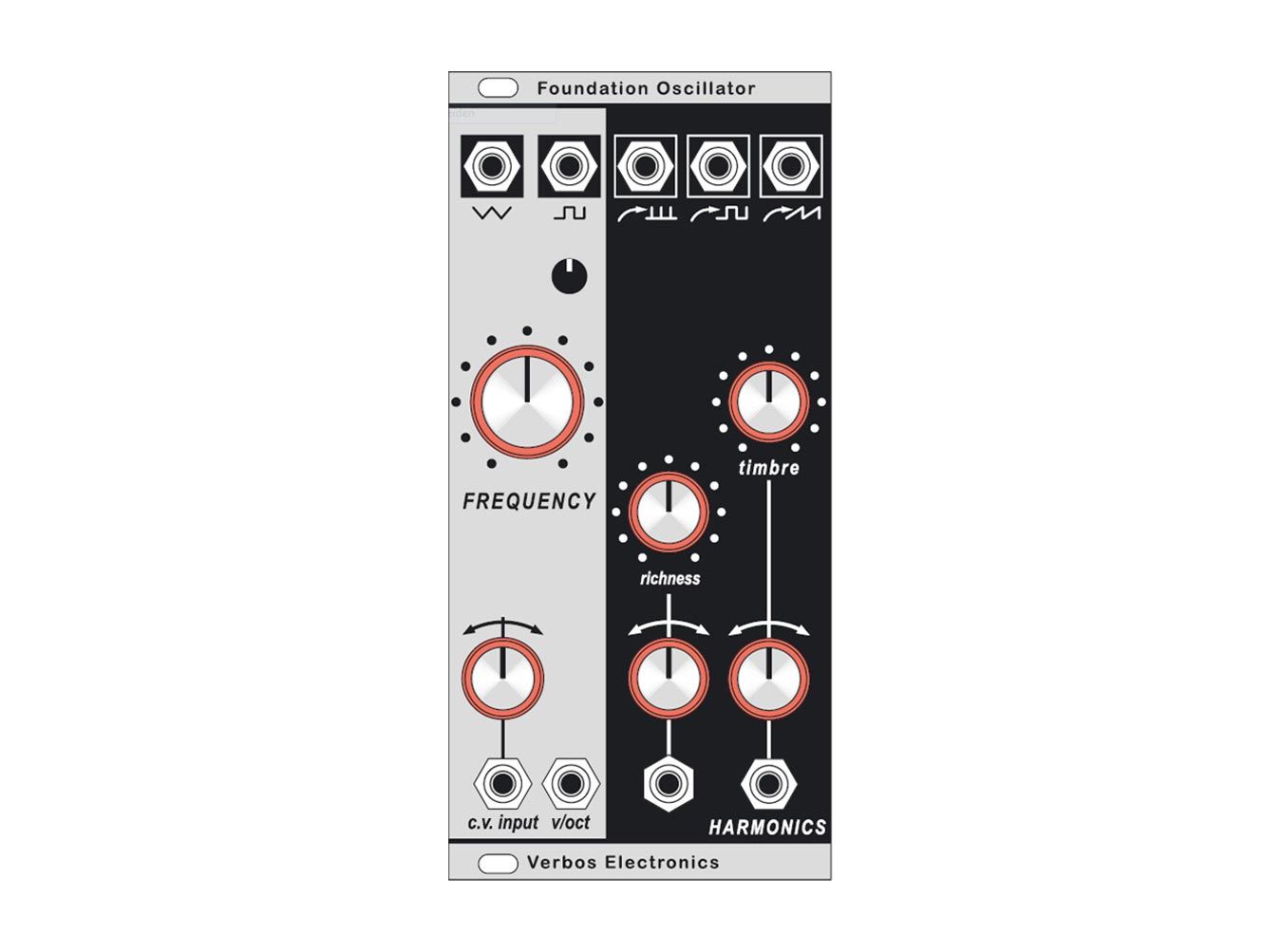
The Foundation Oscillator
The second new module presented by Verbos is the Foundation Oscilator, a sound source drawing inspiration from the iconic Buchla Music Easel. The oscillator features the same discrete transistor core found in its bigger siblings Harmonic Oscilator and Complex Oscillator, which by default provides triangle and square waveform outputs...but as with many Verbos modules there is a more to it.
The Foundation Oscillator features three more wave-shaped outputs accompanied by a Timbre control and CV input which produce waveforms that continuously morph from sine to saw, to square, and to what Buchla called a Spike wave. An additional Richness control adds even more character to the sound by multiplying the frequency of the three shaped outputs, resulting in sounds not too dissimilar from the effect one gets by hard-syncing. The wealth of harmonic richness coming out of this oscillator under modulation is really fascinating.
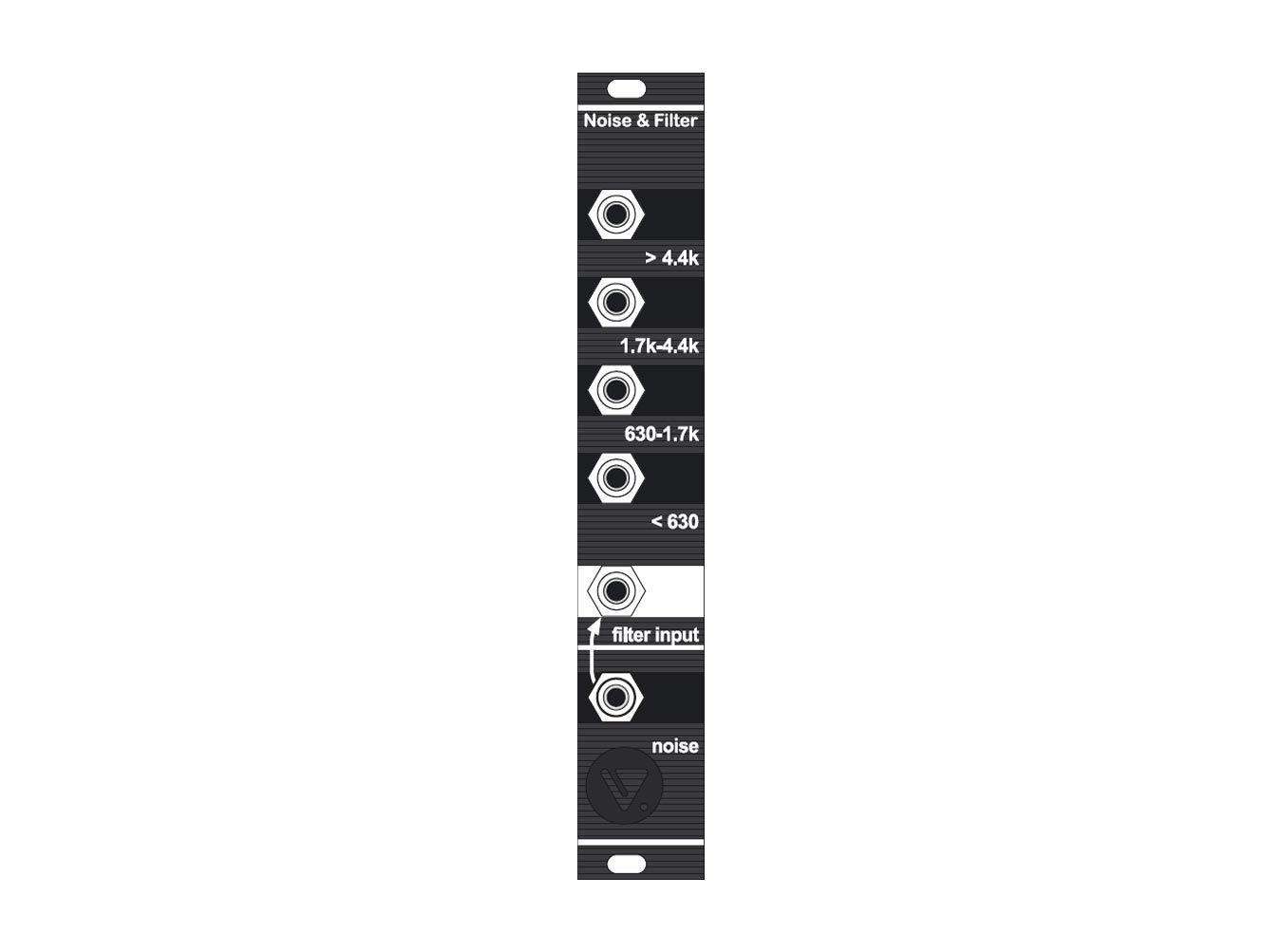
Noise & Filter
Lastly, the spotlight fell onto a tiny module with large functional potential—Noise and Filter. Just like the name suggests, there are two parts to this module: a pink noise source, and a four-band fixed filter bank derived from the immensely powerful Bark Filter. The pink noise is normally to the input of the filter bank by default, yet it can be overwritten by any other sound source and both sections of the module can be used simultaneously. As Mark pointed out in the demonstration, pairing the Noise and Filter with the Scan & Pan mixer or the Muti-Delay Processor can yield very interesting and often pleasantly surprising results.
In addition to demonstrations of these new modules, Mark shared a plethora of patching tips and techniques acquired by years of experience not only building electronic music instruments, but also performing with them live. Furthermore, questions from the audience navigated him to share his personal philosophy on sound synthesis, the view on East Coast vs. West Coast synthesis schools, and much more. Check out the video above this article for the full presentation.

